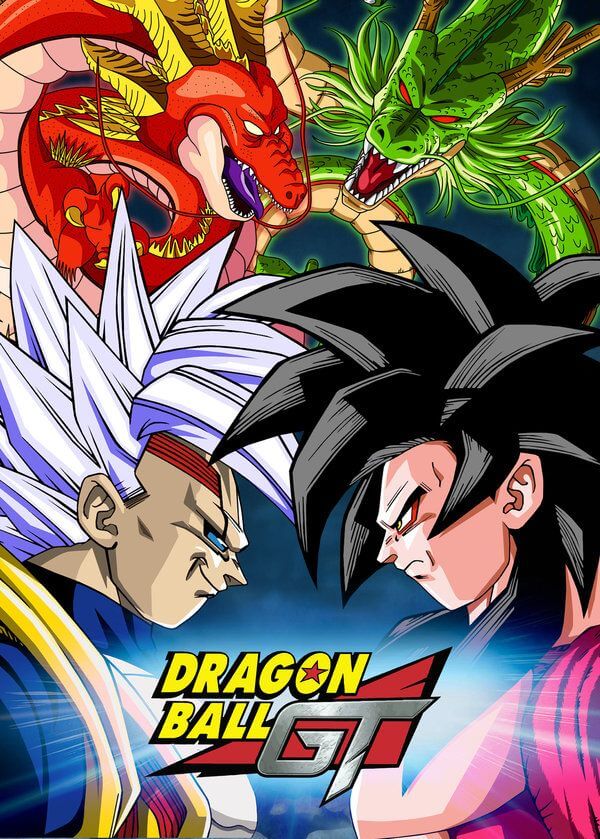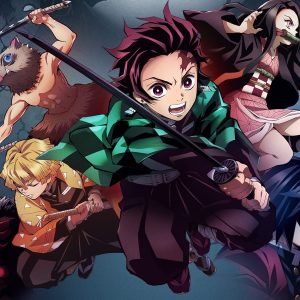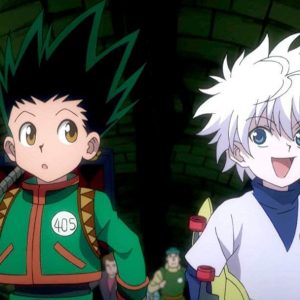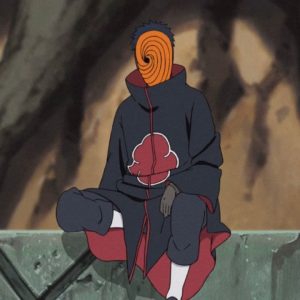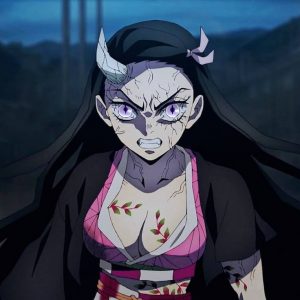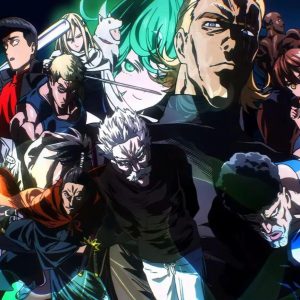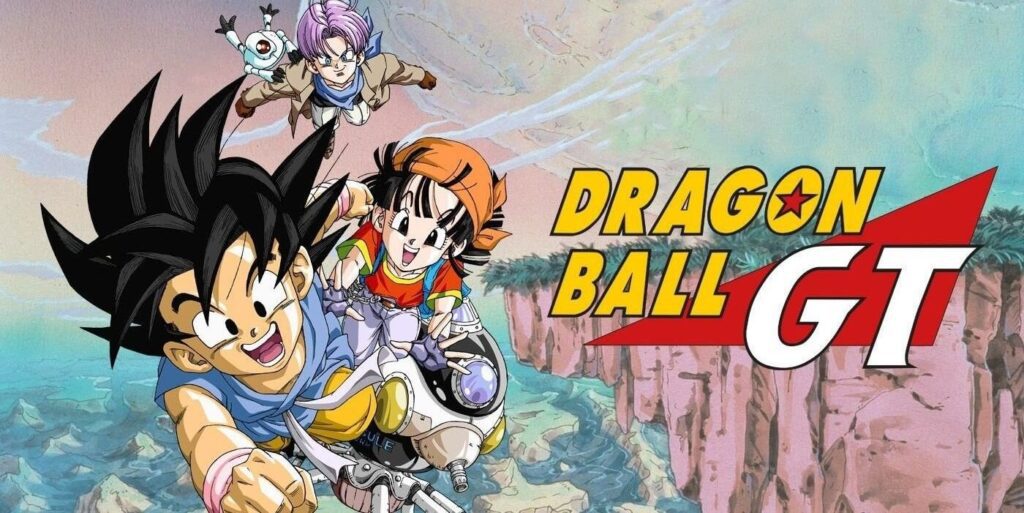
Dragon Ball GT is the unofficial sequel to Dragon Ball Z, produced by Toei Animation and first aired in Japan on February 7, 1996. Unlike Dragon Ball and DBZ, GT is not based on Akira Toriyama’s original manga, but is instead an anime-original story created by Toei, with Toriyama contributing character and world designs. Spanning 64 episodes and one TV special (A Hero’s Legacy), GT takes Goku on a final cosmic journey. Despite the controversies, it holds a special place in the hearts of many Dragon Ball fans.
The Adventure Storyline of Dragon Ball GT
Dragon Ball GT takes place five years after the events of Dragon Ball Z (ignoring the 10-year peace period at the end of DBZ). The story begins when Emperor Pilaf accidentally uses the Black Star Dragon Balls — a more powerful set created by Kami — and wishes Goku back into childhood (Episode 1). These Dragon Balls scatter across the universe and must be retrieved within a year, or Earth will be destroyed. Goku, Trunks, and his granddaughter Pan board a spaceship to recover them. The story unfolds across several arcs:
- Black Star Dragon Ball Saga: The trio explores planets like Imecka and clashes with General Rilldo and Baby — the last of the Tuffles (Episodes 1–16).
- Baby Saga: Baby takes over Vegeta’s body, transforming into Super Baby Vegeta. Goku must reach Super Saiyan 4 to stop him (Episodes 17–40).
- Super 17 Saga: Dr. Myuu and Dr. Gero open a portal to Hell, unleashing Super Android 17 — a short-lived but powerful enemy (Episodes 41–47).
- Shadow Dragon Saga: The overuse of the Black Star Dragon Balls gives birth to seven evil Shadow Dragons, including Syn Shenron, leading to the final battle against Omega Shenron (Episodes 48–64).
GT ends with Goku merging with Shenron and leaving the world behind, passing his legacy to future generations (Episode 64).
Highlights of Dragon Ball GT
Visuals and Soundtrack
Dragon Ball GT retains the hand-drawn style of DBZ but with enhanced color and smoother animation, reflecting the anime tech of the ’90s. The soundtrack, composed by Akihito Tokunaga, features a fresh tone. Its iconic opening theme “Dan Dan Kokoro Hikareteku” by Field of View became a fan favorite. However, international versions (like Funimation’s dub) replaced the music, sparking mixed reactions.
Characters and Transformations
GT introduced Super Saiyan 4 — a unique transformation with long black hair, red fur, and primal power, beloved by fans (Episode 34). While classic characters like Vegeta and Piccolo returned, Pan and Trunks took on leading roles, unlike Gohan and Goten. Villains like Baby, Super 17, and Omega Shenron brought a fresh vibe, standing apart from past foes like Frieza or Cell.
Cosmic Scale
GT expanded the world of Dragon Ball beyond Earth and Namek to include space travel, alien civilizations, and the dangers of abusing the Dragon Balls — offering a more exploratory, sci-fi tone compared to DBZ.
The Legacy of Dragon Ball GT
Dragon Ball GT received mixed feedback. Fans praised the introduction of Super Saiyan 4 and the emotional finale, but criticized the slow pacing of early arcs and the limited involvement of Toriyama in the story. While it didn’t match the ratings of DBZ, GT sold well on VHS and DVD, helping to keep the franchise alive until Dragon Ball Super debuted in 2015. The special episode A Hero’s Legacy (1997), featuring Goku Jr., offered a soft, sentimental epilogue. GT’s characters and forms also appear in popular games like Dragon Ball Z: Budokai Tenkaichi.
Why You Should Watch Dragon Ball GT
Dragon Ball GT is a creatively bold journey. Though not canon, it carries the spirit of Dragon Ball — with a small but mighty Goku, universe-spanning quests, and heartfelt moments. If you love space adventures, Super Saiyan 4, or emotional farewells, GT is worth the ride. Watch Dragon Ball GT now on Crunchyroll or Blu-ray, and experience Goku’s final chapter through Toei’s unique vision.

